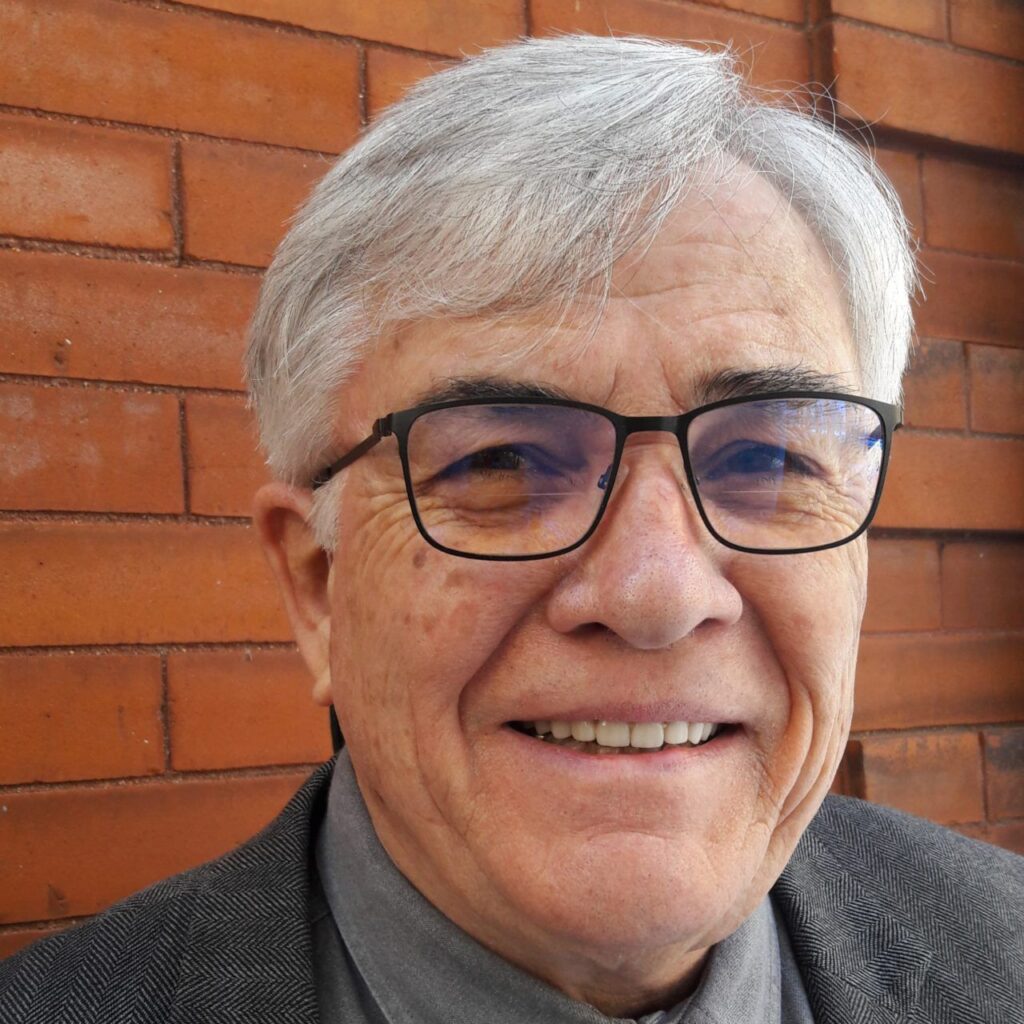Western water worries | BIDLACK

Way back in 1998, when I was on a temporary assignment to the National Security Council at the White House, I was asked to write the first draft of a statement on the effect of climate change on national defense. I could bore you with lots of pages of information and statistics, but simply put, I proffered that the Department of Defense would increasingly face two types of military challenges from reduced water availability.
First, I suggested “traditional” causes of war such as in, say, Ukraine, are wars for territory. In fact, there is a whole line of thinking in the political science world all conflict is ultimately about land and borders. I’m not sure that absolutely every conflict is about that, though it is an interesting idea. But in the coming years, wars may be fought for water itself. If you are a desert nation and your neighbor won’t share the water from the region’s main river, will you go to war to get water? Likely yes. Territorial wars may be fought less for the land than for the water that flows across it.
Secondly, I proposed already existing tensions would be exacerbated by water shortages. Simply put, places where fights are already ongoing will be made worse by water shortages. One study found nearly 2,000 such conflicts throughout human history, with an accelerating pace of such clashes in recent years.
Happily, in the United States we have yet to have any internal shooting wars for water, but that is not to say there are not ongoing concerns and, heck, impending crises over water. A recent Colorado Politics story drove that point home, as it reported on even more reductions in water use coming to the states that rely on the Colorado River through the 1922 Colorado River Compact. This agreement was drawn up to regulate water usage in seven U.S. states, 30 Native American tribes and two states within Mexico. There were problems from the start, especially with how the compact authors got it wrong on how much water there actually is in the Colorado River Basin. They thought there was much more water than there actually is.
A 2023 study from the University of Southern California further suggested increasing conflict with the very title of the article reading: “The water wars of the future are here today.” The author notes how the Colorado River spans 1,450 miles and supplies nearly 40 million people in the United States, and a bunch more in Mexico, with all three main water uses: drinking, agriculture and generating hydroelectric power. And with increasingly smaller than what was once normal snowpack and rainfall, the river simply can’t provide everyone with all the water they want. Heck, one in 10 Americans drink water from the Colorado, including some or all the water for the cities of Denver, Las Vegas, Los Angeles and Phoenix. That’s a lot of thirsty people.
As noted in the CoPo story, it’s going to get a lot worse for some compact members. Arizona alone will lose an additional 18% of its water allocation, while Nevada will stay at a 7% reduction and Mexico will lose an additional 5%.
It is important, though, to remember where that water actually goes. Though thirsty people drink from the Colorado, the majority of the water taken from the river goes to agriculture. A 2024 NASA study found 52% of the extracted water goes to irrigate wheat and other crops (20%) and cattle feed such as alfalfa and hay (32%). Houses, cities and industries consume 18% and an additional 11% is lost to simple evaporation from the river and reservoirs. The missing 19%? Well, that is the amount consumed by the natural vegetation along the river’s edge.
If you want to get a better sense of just how much water goes to irrigation, take a drive around Yuma, Arizona. My middle daughter is there, married to a Marine Corps fighter pilot. Yuma sits in the middle of a vast desert, yet thousands upon thousands of acres of land is irrigated to produce crops we Americans have long taken for granted. Want lettuce in the winter? Have a craving for broccoli off season? Chances are, those “out-of-season” products are coming from the greater Yuma area, along with similar important areas in California. And all those plants are thirsty, all the time.
Last night, as I was getting ready for bed, I turned on the water tap to brush my teeth. To my great surprise, nothing but air came out of the faucet. And in that moment, I was transported back to a very different time, when water was not immediately available. As it turned out, there was a water main break near our home (essay on infrastructure coming soon!) and we were among the 14 homes that lost all water overnight. This morning, all is back to normal, and we’ve rejoined the 21st century. But those few hours without water drove home the point water is a precious resource and we must rethink how we use it. I found a bottle of water and so was able to brush but had the water reduction been more long-lasting, life would have become increasingly difficult.
Frankly, we need to rethink our water usage. Can we really afford to send a third of our water to crops that only feed cattle? More on that to come.
I felt a sense of relief when the taps worked again. But in a future wherein the effects of climate change become deeper and more permanent, we need to be ready to reimagine how we use the most precious of natural resources.
In the meantime, expect your Arizona fruits and veggies to become more expensive and scarcer. We are not seeing water wars yet here in the U.S., but if I were a young newly minted lawyer looking for a growth industry in which to practice law, I’d likely get smart on water law and usage. Things are going to get worse.
Hal Bidlack is a retired professor of political science and a retired Air Force lieutenant colonel who taught more than 17 years at the U.S. Air Force Academy in Colorado Springs.













